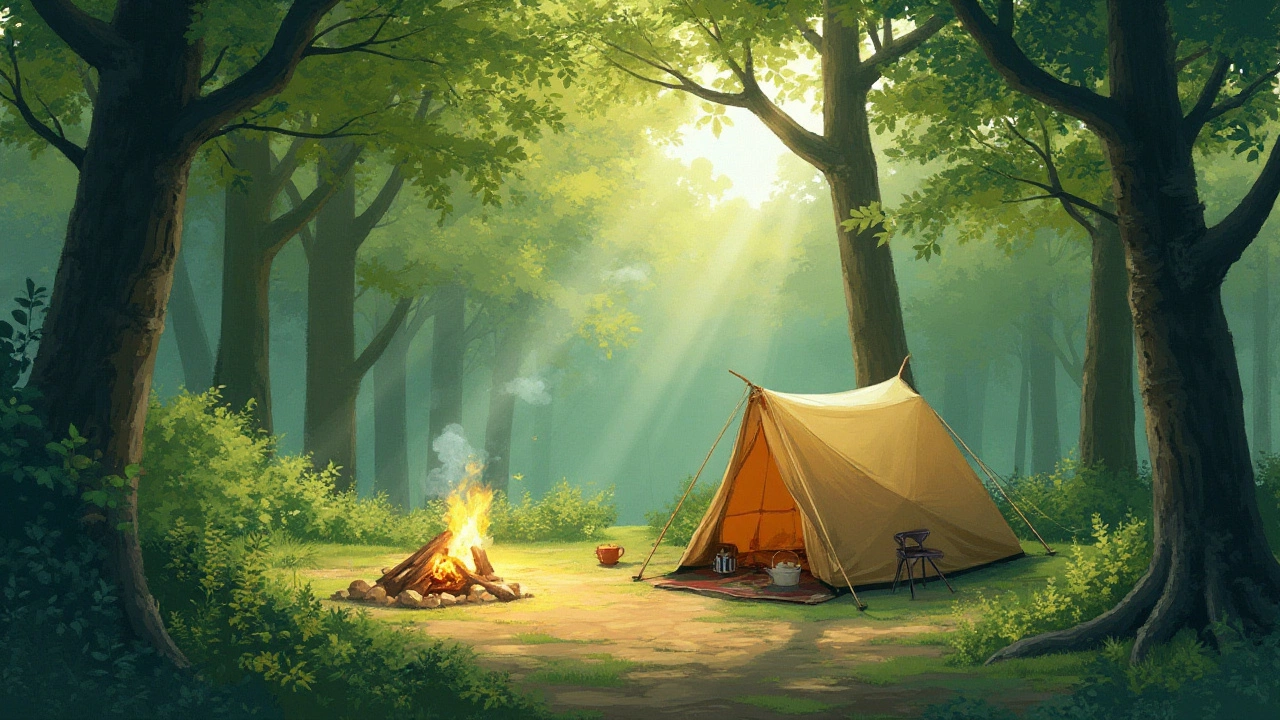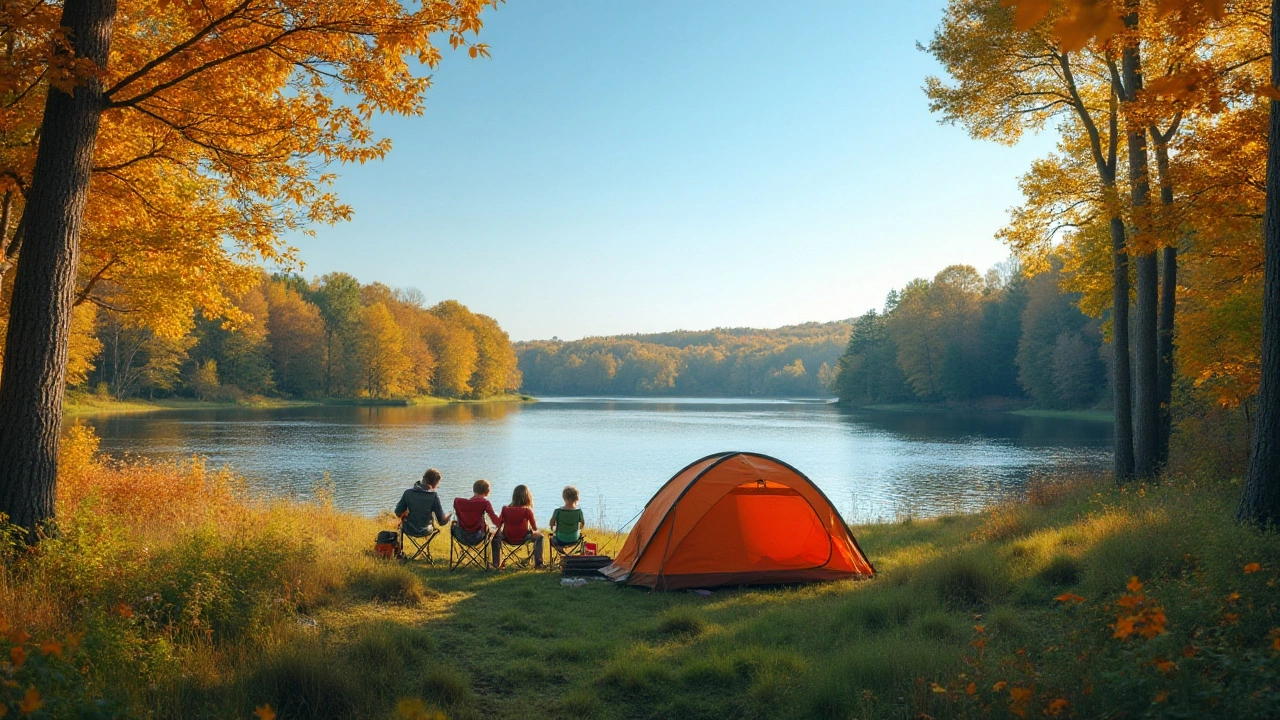Forest Camping Made Simple: What You Need to Know
Thinking about pitching a tent under the trees or parking your motorhome in a woodland clearing? Forest camping gives you shade, fresh air, and a sense of privacy you rarely get at crowded caravan parks. The good news is you don’t need a mountaineering degree to enjoy it – just a few basic rules, the right gear, and a bit of planning.
Where to Find Legal Forest Spots
In the UK most forests are owned by Forestry England, the Scottish Forestry Commission, or local councils. They usually allow camping in designated areas for a night or two, especially if you’re staying in a motorhome. Look for "caravanning sites" on the forest’s website – they are clearly marked and often have electric hookups.
If you prefer wild camping, keep in mind that it’s only legal in a few places like parts of Scotland and the Lake District under the Scottish Outdoor Access Code. In England and Wales you’ll need to get permission from the landowner or use an app like "iOverlander" that maps private land that welcomes campers. Always ask before you set up.
Gear Essentials for Forest Comfort
Forests can be damp, so a waterproof groundsheet is a must. Pair it with a tent that has a good rainfly and sturdy poles – a simple dome design works well under branches. A sleeping pad with decent insulation will keep you warm on chilly mornings, and a compact sleeping bag rated for 0‑5°C handles most UK forest nights.
If you’re traveling in a motorhome, make sure the vehicle’s clearance height fits under low branches. A portable fire pit or a sturdy camp stove is safer than an open fire, especially where forest regulations restrict open flames. Bring a headlamp with extra batteries – trees block daylight early, and a good light makes nighttime cooking easier.
Don’t forget a small first‑aid kit, a map or GPS, and a biodegradable soap for washing up. Leave no trace: pack out all trash, avoid disturbing wildlife, and stick to existing paths.
With these basics you’ll be ready for a relaxing night among the trees, whether you’re a solo explorer or a family looking for a quick forest escape.
Need more ideas? Check out our guide on setting up camp near Teesside’s woodland parks – we’ve listed the best spots where you can park a motorhome, get a power hook‑up, and enjoy nearby hiking trails.
The Health Benefits of Forest Camping: Connecting with Nature
Spending time in the woods can offer a wealth of benefits for both physical and mental health. Waking up to the sounds of nature and being surrounded by greenery improve well-being and can have a calming effect on the mind. Forest campsites also provide an opportunity to disconnect from technology and engage in physical activities. By connecting with nature, individuals can experience stress relief and a boost to their overall vitality.
Exploring Public Lands: BLM and Forest Campsites in Wisconsin
This article explores the availability of BLM (Bureau of Land Management) land in Wisconsin, focusing on camping opportunities and public land usage. It will detail what BLM land is and whether any exists in Wisconsin, providing insights on where to find alternative public lands in the state. With tips and interesting facts, readers will gain a clearer understanding of camping options within Wisconsin's various public properties.

